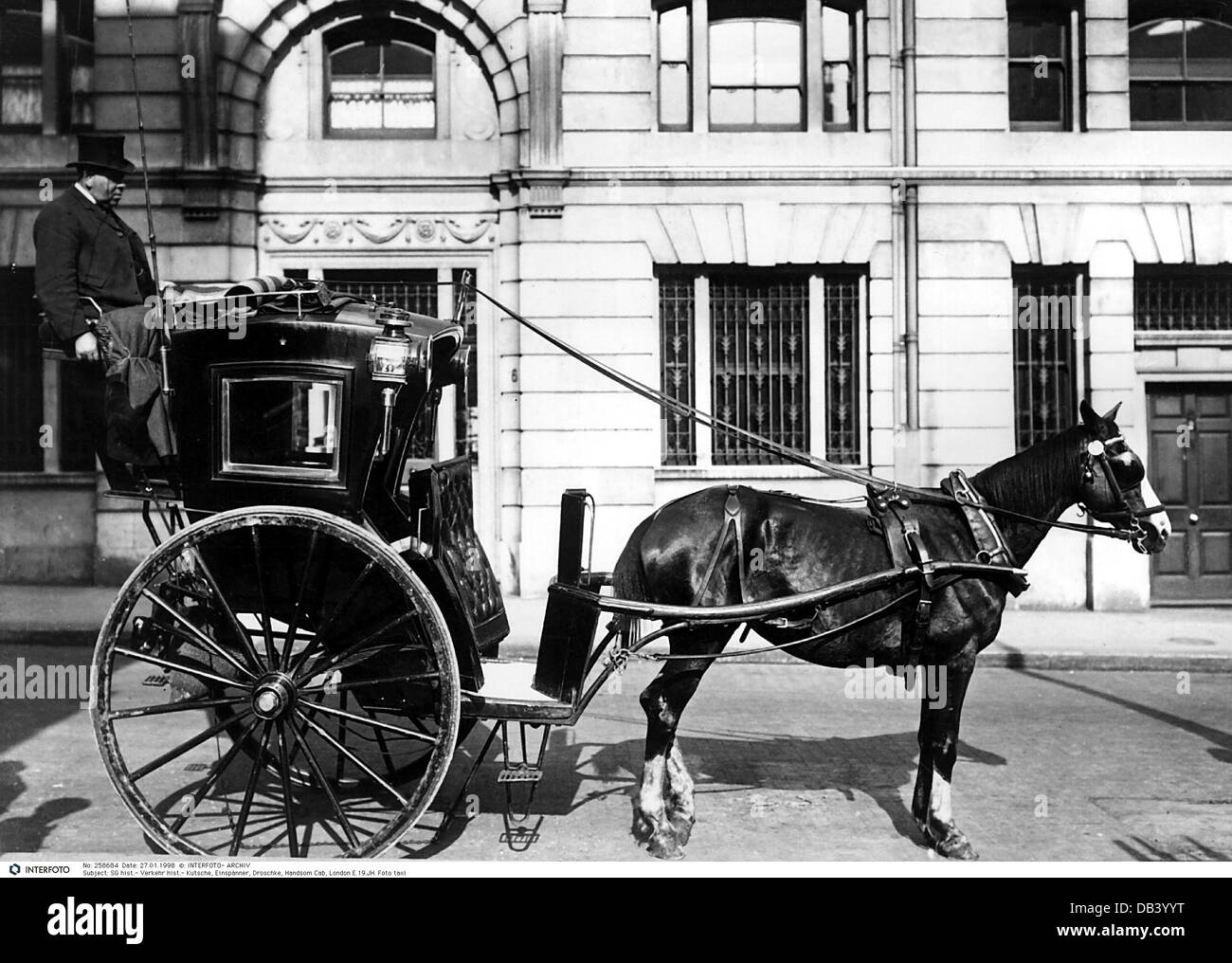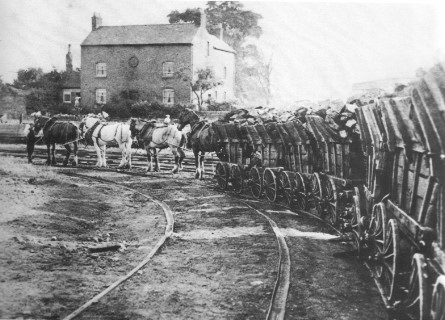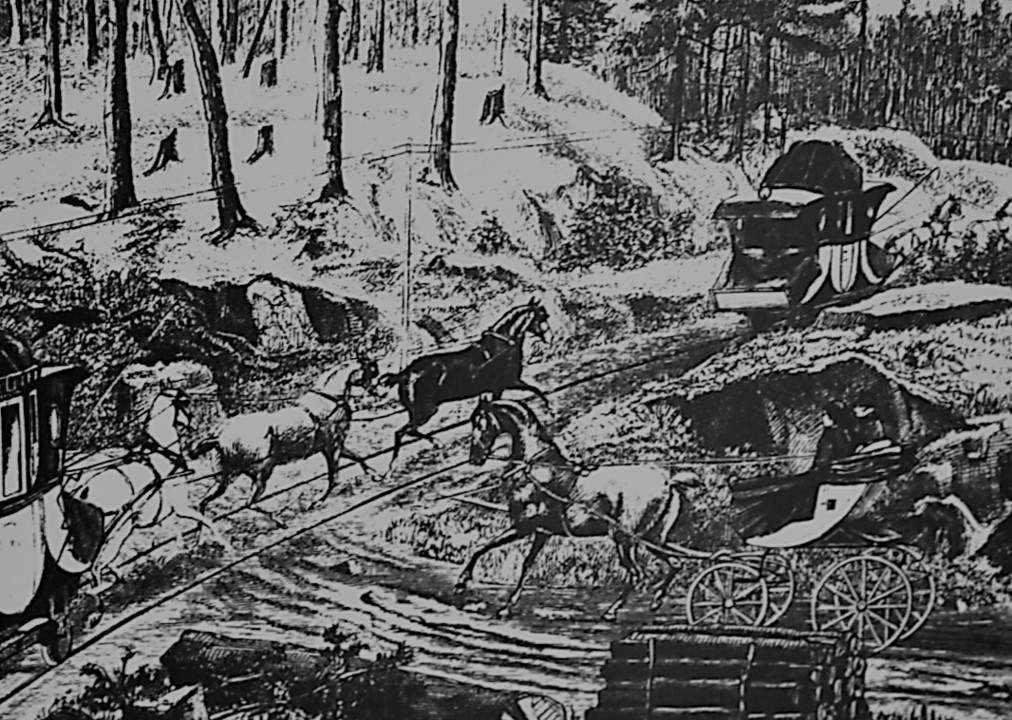The Horse’s Role in the History of Transportation

Horses have played a pivotal role in the development of human transportation for thousands of years. Their strength, speed, and endurance made them indispensable before the advent of mechanized vehicles. This article explores the multifaceted contributions of horses to transportation, highlighting their historical significance, uses, and lasting impact.
Historical Overview

| Era | Role of Horses in Transportation |
|---|---|
| Ancient Times | Used for riding, chariots, and pulling carts |
| Middle Ages | Essential for cavalry, mail delivery, and trade |
| Industrial Era | Key in agriculture transport and early industrial logistics |
| Modern Times | Recreational riding, sports, and ceremonial purposes |
Key Contributions of Horses to Transportation
- Speed and Mobility: Horses enabled faster travel over long distances compared to walking.
- Load Carrying: They could pull heavy loads, carts, and wagons, facilitating trade and commerce.
- Military Use: Horses were crucial in warfare for cavalry units, enhancing mobility and tactical advantage.
- Communication: Mounted couriers and postal services relied heavily on horses for timely message delivery.
The Evolution of Horse-Drawn Vehicles
Horses were integral to the development of various vehicles such as chariots, carriages, wagons, and stagecoaches. These vehicles transformed transportation by increasing the volume and speed of goods and passenger movement.
Impact on Society and Economy
The use of horses in transportation contributed significantly to economic growth by enabling trade expansion and connecting distant regions. Socially, horses influenced settlement patterns and cultural exchanges.
Frequently Asked Questions (FAQ)
Q1: When did horses first become used for transportation?
A1: Evidence suggests horses were first domesticated around 3500 BCE and used for riding and pulling vehicles shortly thereafter.
Q2: How did horses improve communication in ancient times?
A2: Horses allowed messengers to travel quickly across vast distances, which was vital for governance and military coordination.
Q3: Are horses still used for transportation today?
A3: While mechanized transport has largely replaced horses, they are still used in some rural areas and for recreational purposes.
Conclusion
The horse’s role in transportation history is profound and multifaceted. From ancient chariots to modern equestrian sports, horses have shaped human mobility and societal development in enduring ways.
